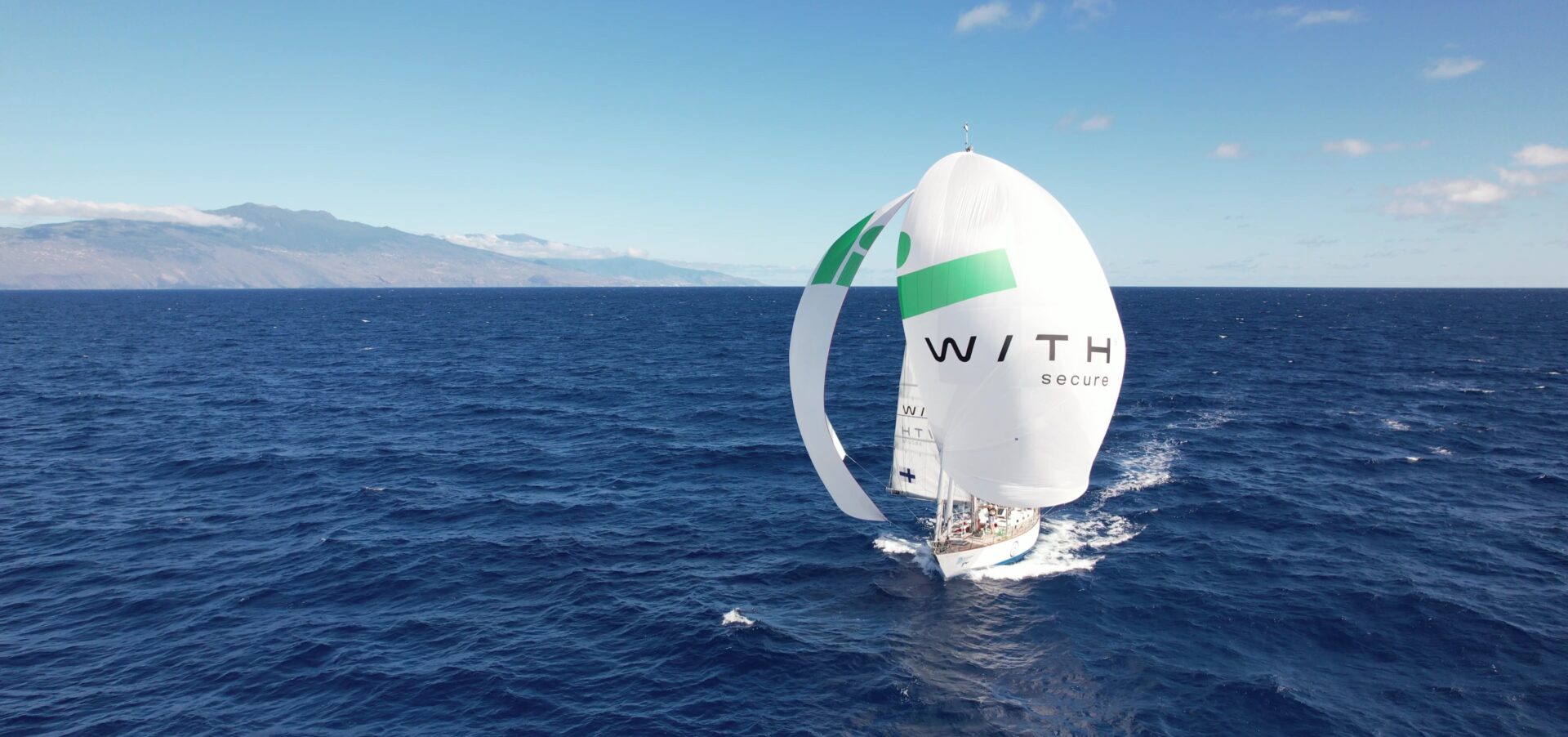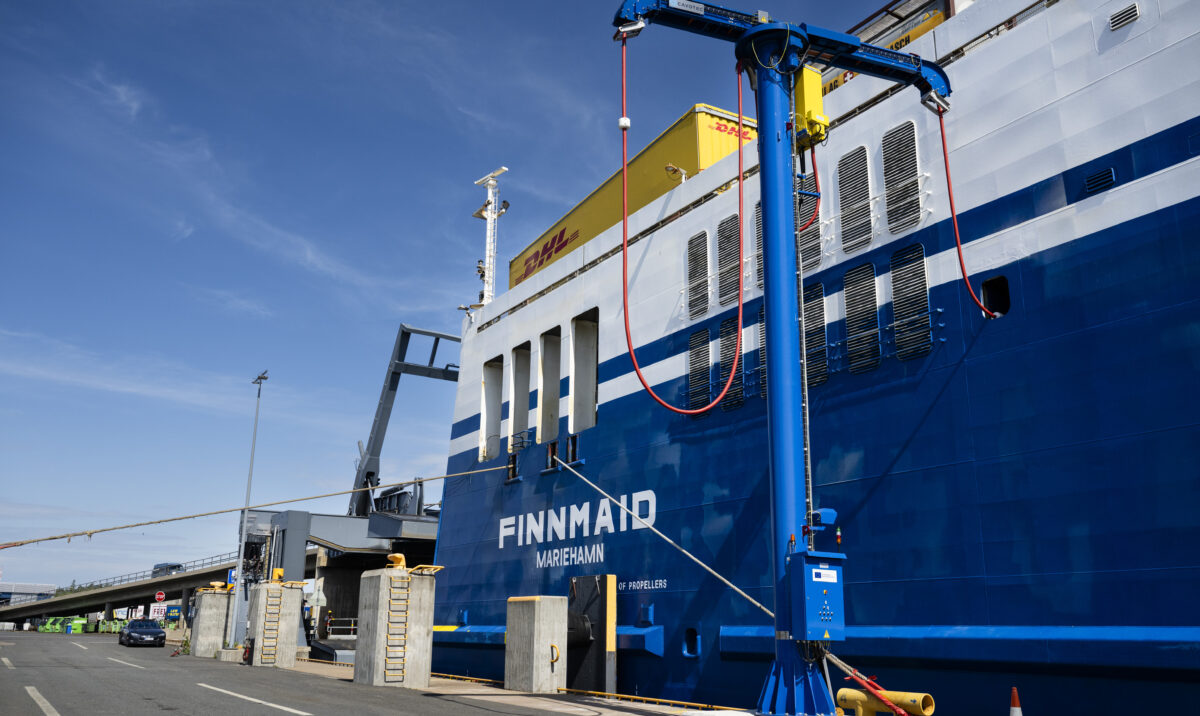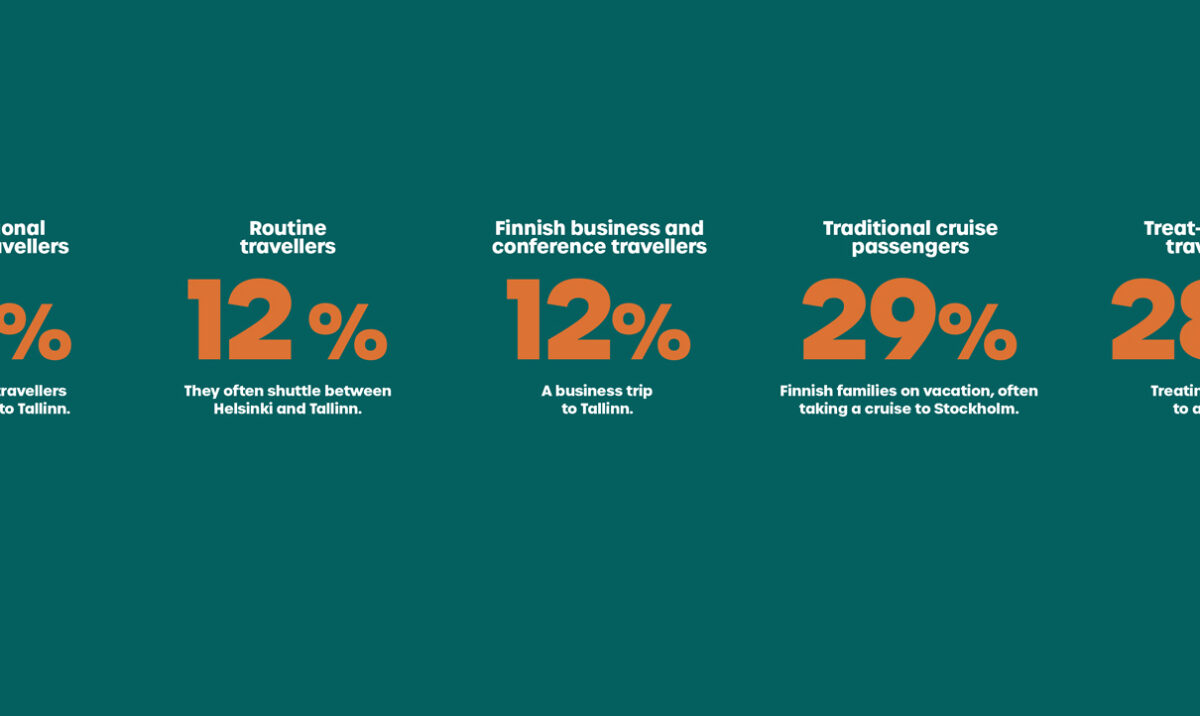
An experienced sailor observes the effects of climate change
The Port of Helsinki sponsors Tapio Lehtinen and his sailing team. Lehtinen wants to draw attention to the concerning state of the world’s seas and oceans through the publicity surrounding his sailing competitions. This sailing veteran has seen the concrete impacts of climate change during his round-the-world voyages.
Lehtinen entered last year’s Golden Globe Race, but his solo voyage was interrupted by the dramatic sinking of his boat, the Asteria. After drifting on a life raft for a day, he was rescued by his South African rival, Kirsten Neuschäfer, who went on to become the first woman to win the world’s most challenging sailing race even in spite of this delay.
However, the experience didn’t discourage Lehtinen, who immediately began making preparations for the Ocean Globe Race. Entrants must follow the same basic principles as in the Golden Globe Race, that is, use classic sailboats without any aids. Lehtinen is the captain of an eleven-person crew. The race started in Southampton in September, and will have stopovers in Cape Town, Auckland and Punta del Este. During the first leg, Lehtinen’s boat Galiana WithSecure rose to sixth place in the handicap race thanks to a good final sprint. The crew will also sail past the scene of the shipwreck during the second leg, told Lehtinen in November.
“We’ll pass the Asteria’s grave. I’d never have believed how much you could miss a boat. In a trick of fate, we’ll hit the site of the sinking around the anniversary of the accident. I’m proud to have such a fantastic team of young sailors with me now, not only to share these feelings with, but to understand the often diabolical nature of the ocean,” Lehtinen said in Cape Town.
“The Southern Ocean is traditionally described as ‘same planet, another world’.”
27,000 nautical miles
The Ocean Globe Race involves spending about eight months sailing around the world in classic sailboats without computers, satellite navigation, GPS or other modern technology. The race is divided into four legs, and its route covers 27,000 nautical miles around the three great capes of the continents in the southern hemisphere. The boats are expected to cross the finish line in Southampton in April 2024.





